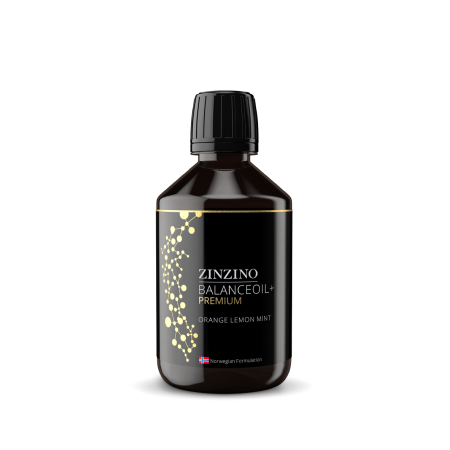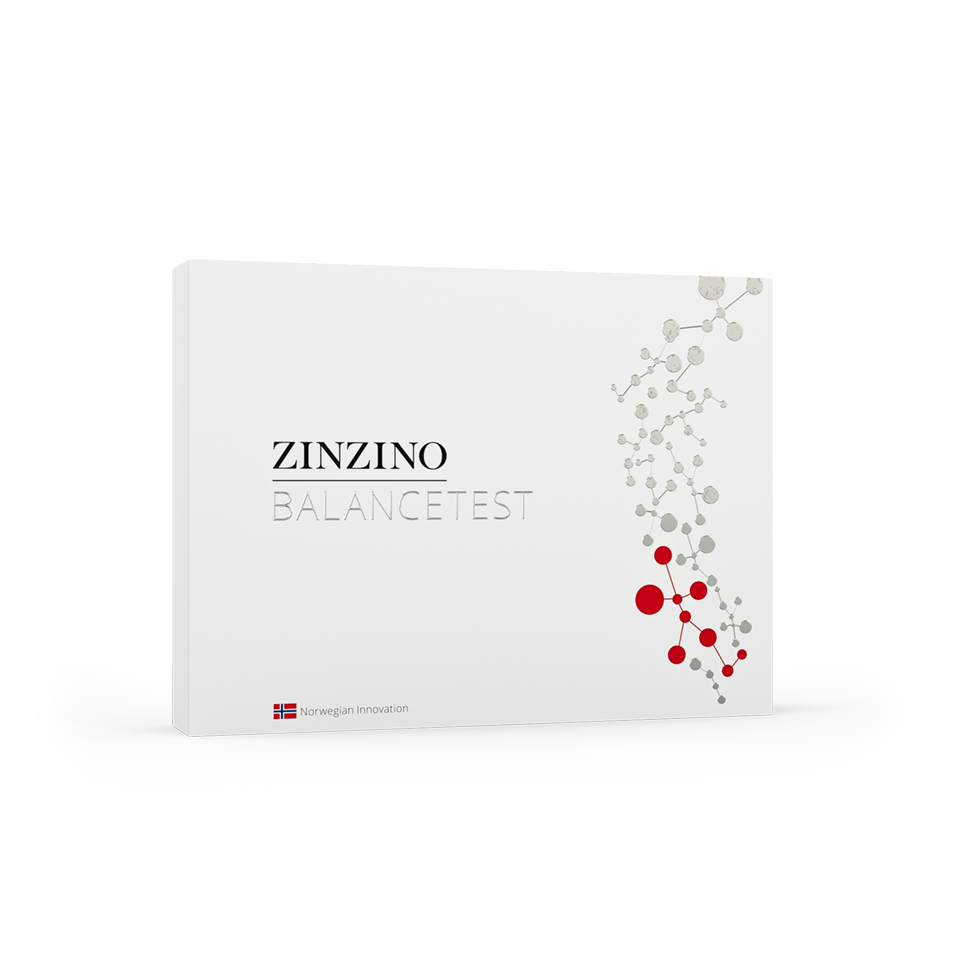The benefits of fish oil for pregnant women (and beyond)

Pregnancy is a special time for women, as the body prepares to grow and deliver a baby. That is why the nutrient needs of new mothers change, too. There are various vitamins and minerals needed for a healthy pregnancy, including the adequate consumption of Omega-3 fatty acids. So, if you’re wondering if you can take fish oil while pregnant, the answer is yes.
Long-chain polyunsaturated fatty acids (LCPs), known as the building blocks of fats, help the body function normally. LCPs are important for both mothers and babies. Omega-3 fatty acids play a role in brain development1, as well as the nervous system2 and vision3.
In terms of how much Omega-3 to consume while pregnant, dietitians advise two to three portions of sea fatty fish per week (such as mackerel, herring, sardines, salmon). This is to ensure a minimum amount of at least 450 mg marine Omega-3s per day (of which at least 200 mg should be in the form of DHA). The recommended minimum amount varies worldwide and some countries have higher minimum limits, for example 900 mg of marine Omega-3s (of which 800 mg in DHA fat) for pregnant women in Australia.
For pregnant women who do not regularly consume fish, the use of supplements with marine Omega‐3 fatty acids is recommended. For vegetarians and vegans, there are other sources of marine Omega-3s, such as seaweed and algae oil.
Omega-3 supplement regimen, prenatal and postnatal
A pure, high-quality Omega-3 fish oil is good for the pregnant woman’s body and in the early stages of an infant’s life. Because these essential fatty acids aren’t synthesized by the body, supplementation is necessary.
A prenatal Omega-3 recommendation is to allow at least six months prior to conception to build up this important essential fat*. It’s equally as important after delivery, and during breastfeeding.
BalanceOil+ is an Omega-3 fatty acids supplement, high in olive polyphenols and vitamin D3. It safely adjusts and maintains EPA + DHA levels and the Omega-6:3 ratio in the body, while protecting cells from oxidation. A premium blend of oils derived from wild-caught small fish and pre-harvest extra virgin olive oil, BalanceOil+ contributes to normal heart2, brain1 and immune function4.
This is a great source of Omega-3, without the concerns of environmental contaminants. BalanceOil+ uses a certified sustainable source of wild-caught fish and is molecularly tested for toxins to ensure freshness and safety. This purity factor is important for all people, especially pregnant mothers.
Omega-3 benefits for women & children
Two of the Omega-3 fatty acids, EPA and DHA are proven to maintain normal brain function1. For pregnant and lactating women, DHA contributes to normal brain development of the fetus and breastfed infants. EPA and DHA also contribute to the maintenance of blood triglyceride levels5, stable blood pressure6, and heart function2.
In addition, DHA supports healthy eye function3, which is extremely important for infants. BalanceOil+ is an all-natural way to leverage the wonderful benefits of Omega-3 fatty acids.
Given that the body can’t produce polyunsaturated fatty acids, BalanceOil+ is an essential part of a new mother’s daily routine. And with how easy it is to consume (hidden in a morning smoothie or juice), BalanceOil+ is convenient for the changing dietary needs and preferences of mothers.
BalanceOil+ introduces 15+ EFSA-approved health benefits to new mothers, while also gently rebalancing the Omega-6:3 ratio. As pregnant and breastfeeding women embark on a new phase of life that’s physically and emotionally demanding, BalanceOil+ can help ensure the body is in its best state.
The Omega-3 BalanceOil+, a fish oil in a league of its own, is a morning ritual that will long outlast the pregnant, baby and toddler phases.
* These statements have not been evaluated by the Food and Drug Administration. This product is not intended to diagnose, treat, cure, or prevent any disease
1. DHA and EPA contribute to the maintenance of normal blood pressure
A DHA és az EPA hozzájárul a normál vérnyomás fenntartásához. Ez az állítás csak olyan élelmiszertermékek esetében tüntethető fel, amelyek legalább 3 g EPA és DHA napi bevitelét biztosítják. Ahhoz, hogy az állítást fel lehessen tüntetni, a fogyasztót tájékoztatni kell arról, hogy a kedvező hatás 3 g EPA és DHA napi bevitelével érhető el. Amennyiben az állítás étrend-kiegészítőkre és/vagy dúsított élelmiszerekre vonatkozik, a fogyasztót tájékoztatni kell arról, hogy ne lépje túl az EPA és DHA 5 grammos kombinált napi bevitelét.
2. DHA contributes to the maintenance of normal vision
A DHA hozzájárul a normál látás fenntartásához. Ez az állítás csak olyan élelmiszertermékek esetében tüntethető fel, amelyek 100 grammonként és 100 kilokalóriánként legalább 40 mg DHA-t tartalmaznak. Ahhoz, hogy az állítást fel lehessen tüntetni, a fogyasztót tájékoztatni kell arról, hogy a kedvező hatás 250 mg DHA napi bevitelével érhető el. A dokozahexaénsav (DHA) bevitele 12 hónapos korig hozzájárul a csecsemők normál látásfejlődéséhez. A fogyasztót tájékoztatni kell arról, hogy a kedvező hatás 100 mg DHA napi bevitelével érhető el. Ha az állítást tápszerre használják, az élelmiszernek az összes zsírsavból legalább 0,3% DHA-t kell tartalmaznia.
4. DHA and EPA contribute to the maintenance of normal blood
A DHA és az EPA hozzájárul a vér normál trigliceridszintjének fenntartásához. Ez az állítás csak olyan élelmiszertermékek esetében tüntethető fel, amelyek legalább 2 g EPA és DHA napi bevitelét biztosítják. Ahhoz, hogy az állítást fel lehessen tüntetni, a fogyasztót tájékoztatni kell arról, hogy a kedvező hatás 2 g EPA és DHA napi bevitelével érhető el. Amennyiben az állítás étrend-kiegészítőkre és/vagy dúsított élelmiszerekre vonatkozik, a fogyasztót tájékoztatni kell arról, hogy ne lépje túl az EPA és DHA 5 grammos kombinált napi bevitelét. A DHA hozzájárul a vér normál trigliceridszintjének fenntartásához. Az állítás csak olyan élelmiszer esetében alkalmazható, amely 2 g DHA napi bevitelét teszi lehetővé, továbbá eikozapentaénsavval (EPA) kombinált DHA-t tartalmaz. Ahhoz, hogy az állítást fel lehessen tüntetni, a fogyasztót tájékoztatni kell arról, hogy a kedvező hatás 2 g DHA napi bevitelével érhető el. Amennyiben az állítás étrend-kiegészítőkre és/vagy dúsított élelmiszerekre vonatkozik, a fogyasztót tájékoztatni kell arról, hogy ne lépje túl az EPA és DHA 5 grammos kombinált napi bevitelét.
5. DHA and EPA contribute to the normal function of the heart
A DHA és az EPA hozzájárul a szív megfelelő működéséhez. Ez az állítás csak olyan élelmiszertermékek esetében tüntethető fel, amelyek legalább az 1924/2006/EK rendelet mellékletének omega-3 zsírsavakra vonatkozó része szerinti értelemben EPA- és DHA-forrásnak számítanak. Ahhoz, hogy az állítást fel lehessen tüntetni, a fogyasztót tájékoztatni kell arról, hogy a kedvező hatás 250 mg EPA és DHA napi bevitelével érhető el.
6. DHA contributes to the maintenance of normal brain
1 A DHA hozzájárul a normál agyműködés fenntartásához. Ez az állítás csak olyan élelmiszertermékek esetében tüntethető fel, amelyek 100 grammonként és 100 kilokalóriánként legalább 40 mg DHA-t tartalmaznak. Ahhoz, hogy az állítást fel lehessen tüntetni, a fogyasztót tájékoztatni kell arról, hogy a kedvező hatás 250 mg DHA napi bevitelével érhető el. A dokozahexaénsav (DHA) anyai bevitele hozzájárul a magzat és a szoptatott csecsemő normál agyi fejlődéséhez. A várandós és szoptató nőket tájékoztatni kell arról, hogy a kedvező hatás 200 mg DHA napi bevitelével, illetve a felnőttek számára ajánlott omega-3 zsírsavak – azaz 250 mg DHA és EPA – napi bevitelével érhető el. Ez az állítás csak olyan élelmiszertermékek esetében tüntethető fel, amelyek legalább 200 mg DHA napi bevitelét biztosítják.



Share this page
Or copy link